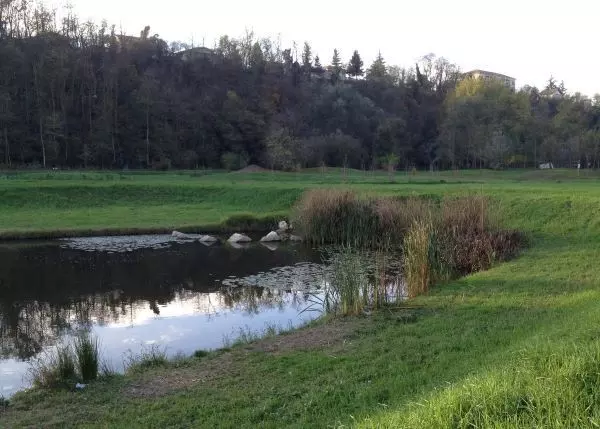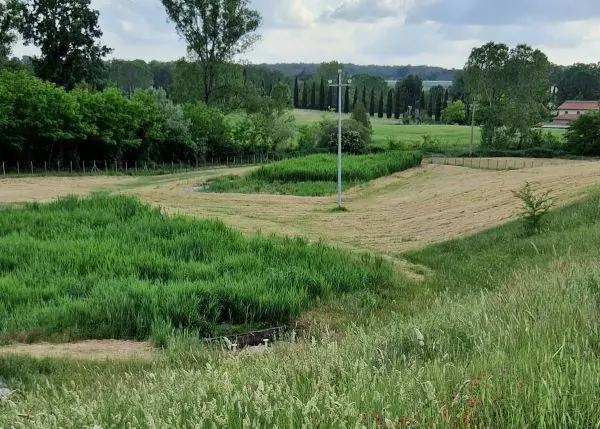Applications of constructed wetlands

Urban Centres

Touristic activities

CSO - Combined sewer overflow

Tertiary treatment

Agri-food industries
(Dairies, Wineries)

Sludge dewatering

Grey water reuse

Landfill leachates

Nutrient removal

Stormwater runoff

Swine wastewater

Olive mills

Single and small group of houses
Constructed wetlands (CWs) are probably after activated sludge systems the most widely used treatment technique in the world for the treatment of civil effluents in terms of number of plants; their use for small and medium users has led to the realization of a large number of systems especially for scattered houses and isolated centers, but there is also no shortage of larger systems for small to medium urban centers below 5,000 p.e. and even for larger capacities (the Orhei plant in Moldova can serve up to 20,000 p.e.). It is a long-standing internationally tested solution that guarantees, if well designed, excellent treatment levels and consistency of performance. CWs are very powerful "bioreactors" that can block, degrade and transform a broad spectrum of pollutants through complex chemical, physical and biological processes that occur naturally, without the use of chemicals or need for energy.
With advancing research, the study of filling materials and plants used, and new techniques for forced oxygen circulation, CWs are also well suited to many other types of wastewater and applications: from wastewater from many agri-food (wineries, dairies, etc.) and livestock activities (livestock farms, digestates from anaerobic digesters for energy production) to some industrial discharges (there are successful applications for the textile industry, to mine leachates or landfill leachates), from polluted stormwater runoff, to mixed sewer overflows, to nutrient reduction contributed by agriculture.

